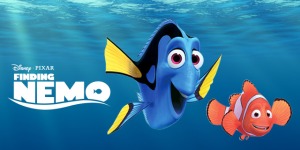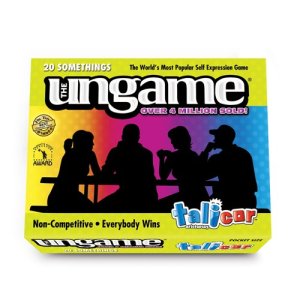So many of our clients (and let’s be honest, ourselves as well) are eager to look inward and find out who they are. For so many years, many of them have been labeled the “addict”, the “screw up” etc. and they don’t know who they are outside of those labels. With that in mind, I often run a group that focuses on our roles within our family and with that, I love to bring in Caroline Myss’ archetypes.
When I first saw these Archetype cards in a grad school course, I immediately was hesitant because I could not get past thinking of them as Tarot cards which was not something I was personally going to bring into my sessions. However, these are far from Tarot cards, rather they are a list of archetypes that we can chose as being part of our personal support team and we chose based on how closely we associate with the light and shadow aspects of each archetype. Caroline Myss has written numerous books about archetypes and how individuals are made up of 12 archetypes, all of which are included in the box of archetype cards.
Of those 12 archetypes, we all share 4 “survival” archetypes that include; The Prostitute, The Saboteur, The Victim and The Child. Once again, there are a variety of different child archetypes and it is again about finding the one that speaks most strongly to you and how you view yourself.
In terms of groups, I often give a brief background about each archetype (a book is included in each box of cards for reference) and I will then open it up to the group and allow them to go through the box and pick out archetypes that they identify within themselves. This is a great exercise because each archetype has both “light” and “shadow” attributes and allows a greater discussion as to what strengths can come out of aspects of ourselves we often consider negative and vice versa.
An important note: for our clients that often get into black and white thinking, this exercise can be a challenge. When I tell clients, “we all have the archetype of prostitute”, there is often push back and initial discomfort for that fact so it is important to be sure to follow that up with a conversation about the symbolism of prostitute. An attribute of being the prostitute can be the negotiation of our own morals or ethics for financial gain; it is not necessarily saying that we all sell our bodies for financial gain. With that in mind, it is important that you are well versed and educated in Caroline Myss’ theory and how it relates to archetypes before engaging in this exercises, but I would encourage others to give it a try! I have found it highly effective with men and women and individuals of all ages.









